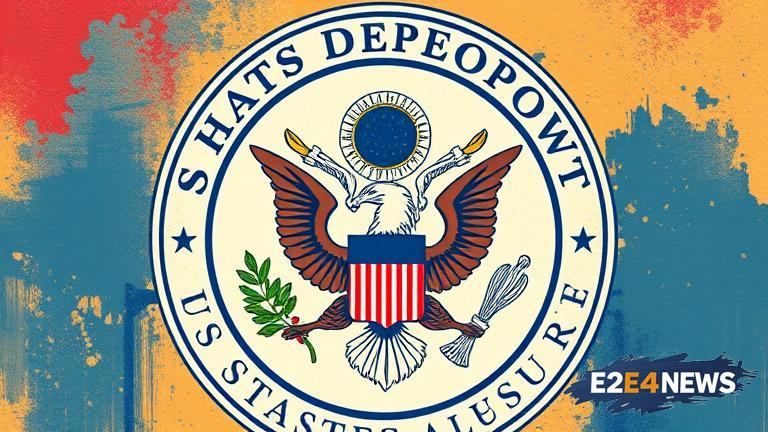The US State Department has made significant changes to its human rights reporting guidelines, effectively removing any mention of human rights abuses committed by the US government. This move has sparked widespread concern among human rights advocates and lawmakers, who argue that the revisions undermine the transparency and accountability that the reports are intended to provide. The changes were made without public notice or comment, and have been criticized for being overly broad and vague. The revised guidelines remove sections that previously detailed abuses such as torture, indefinite detention, and extrajudicial killings, all of which have been linked to US government actions in the past. The State Department has claimed that the changes are intended to make the reports more ‘focused’ and ‘relevant’, but critics argue that this is simply a euphemism for censoring information that is embarrassing or inconvenient for the administration. The move has been seen as part of a broader trend of erosion of human rights protections under the current administration, which has been criticized for its handling of issues such as immigration, surveillance, and counterterrorism. The revised guidelines have also been criticized for failing to provide clear criteria for what constitutes a human rights abuse, making it difficult to determine what types of incidents will be included in the reports. The changes have sparked concerns among lawmakers, who have called for greater transparency and accountability in the reporting process. Some have argued that the revisions are a clear attempt to avoid scrutiny and accountability for US government actions, and that they undermine the credibility of the reports. The move has also been criticized by human rights organizations, which argue that the changes will make it more difficult to track and document human rights abuses. The revised guidelines have been seen as a major setback for human rights advocacy, and have sparked calls for greater oversight and scrutiny of the reporting process. The State Department has defended the changes, arguing that they are necessary to make the reports more ‘effective’ and ‘efficient’, but critics argue that this is simply a smokescreen for censorship and obfuscation. The move has also sparked concerns among international partners, who have expressed concern over the implications of the changes for global human rights protections. The revised guidelines have been seen as a clear attempt to undermine the authority and credibility of the human rights reports, and have sparked calls for greater transparency and accountability in the reporting process. The changes have also been criticized for failing to provide clear guidance on how to report on human rights abuses, making it difficult for diplomats and officials to determine what types of incidents to include in the reports. The move has sparked concerns among human rights advocates, who argue that the changes will make it more difficult to track and document human rights abuses. The revised guidelines have been seen as a major setback for human rights advocacy, and have sparked calls for greater oversight and scrutiny of the reporting process. The State Department has defended the changes, arguing that they are necessary to make the reports more ‘focused’ and ‘relevant’, but critics argue that this is simply a euphemism for censorship and obfuscation. The move has also sparked concerns among lawmakers, who have called for greater transparency and accountability in the reporting process. Some have argued that the revisions are a clear attempt to avoid scrutiny and accountability for US government actions, and that they undermine the credibility of the reports. The changes have sparked concerns among international partners, who have expressed concern over the implications of the changes for global human rights protections. The revised guidelines have been seen as a clear attempt to undermine the authority and credibility of the human rights reports, and have sparked calls for greater transparency and accountability in the reporting process.
